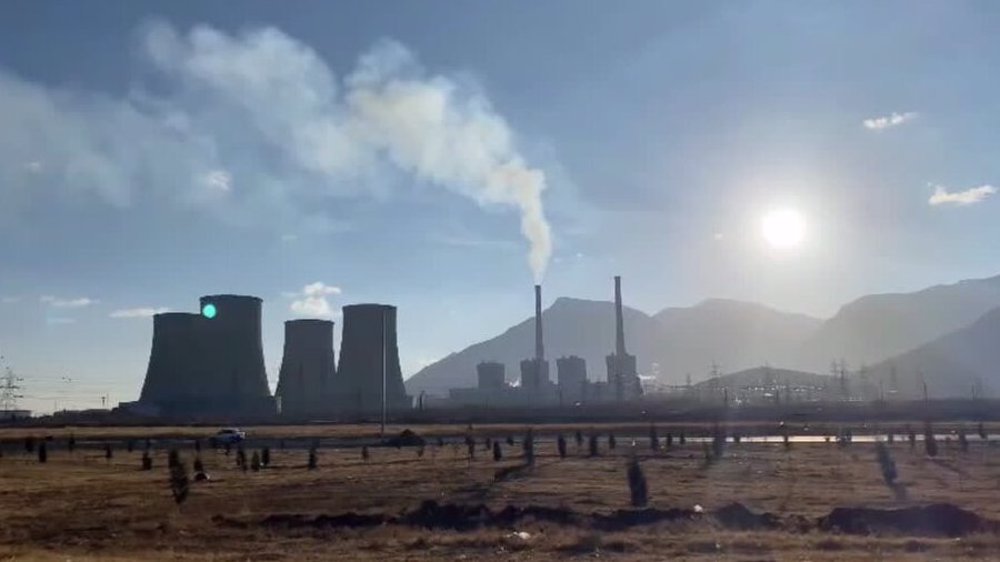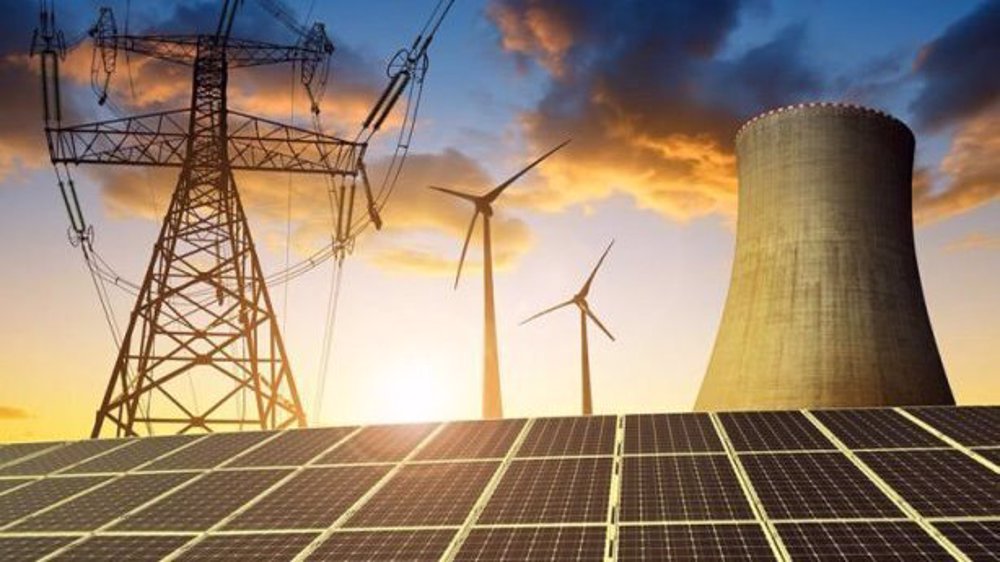Iran opens $6 billion gas operations
Iran brings online two more operations in its biggest gas field, marking the opening of the first such project all carried out by domestic entities in the face of Western sanctions.
President Hassan Rouhani attended inauguration of phases 15 and 16 of the South Pars field in Asaluyeh on Monday along with other senior officials, including his Petroleum Minister Bijan Zangeneh.
The operations with $6 billion of investment bring the number of phases producing gas in the field to 17, with another 12 phases under development.
Zangeneh said, “I hope with the lifting of sanctions which will happen in the next days as the implementation day nears, the development of joint fields will be carried out with better access to equipment.”
“Phases 15 and 16 of South Pars which were implemented and commissioned under sanctions will produce 56.6 million cubic meters of gas a day to meet domestic need for fuel especially by household, commercial and industrial consumers,” he said.
The two phases will also yield 75,000 barrels per day of gas condensate plus 400 tonnes of sulfur. It will generate $20 million a day of foreign exchange earnings, according to Ministry of Petroleum's Shana news agency.

Iran shares South Pars with Qatar which calls it North Field. Qataris have raced ahead of Iran in developing the deposit in partnership with the likes of Royal Dutch Shell, Total and Exxon Mobil while sanctions have clipped Iran’s wings.
President Rouhani has already complained of “irregular extraction” from joint fields by neighbors which have taken advantage of sanctions against the Islamic Republic.
A full development of South Pars is estimated to generate $112 billion of revenues a year for Iran, which could rise to more than $120 billion after production from the field’s oil layer.
Iran will offer oil extraction from the South Pars gas field along with three other gas fields to foreign investors, Managing Director of Pars Oil and Gas Company (POGC) Ali Akbar Shabanpour said last August.
The project is estimated to hold 7 billion barrels of oil in reserves. Iran will also offer North Pars, Golshan and Ferdowsi gas fields for development, Shabanpour said.
'All done by Iran'
Phases 15 and 16 were carried out by a consortium of Iranian companies. Khatam al-Anbia, the construction arm of the Islamic Revolution Guards Corps, won the tender for the two phases in 2005.
"All phases of construction, installation and operation at phases 15 and 16 of South Pars have been done by Iranian experts," Zangeneh said.
With more than 34 trillion cubic meters under its belt, Iran owns the world’s largest natural gas reserves but its share of the global trade in gas is less than one percent.
Officials hope to attract $40 billion in the gas industry after the sanctions are removed.
Iran seeks to raise gas production to 1.2 billion cubic meters (bcm) a day in five years, from 800 million cubic meters now. Annual output totals 166 bcm, which is mostly used at home.
Currently, the country exports 10 bcm of gas per year. To put it in perspective, Russia exports about 150 billion cubic meters of gas a year.
"Natural gas will be the main fuel in the next 20 to 30 years,” international affairs director at National Iranian Gas Co. Azizollah Ramezani has said.
The priority is to pipe gas to neighbors with further plans for exports of LNG to Asia and Europe.
Houthi: Yemen will continue strikes on Israel no matter what
Israel makes deepened incursion into Lebanon despite truce
IRGC intelligence forces capture agent linked to foreign espionage service
VIDEO | Palestinians in Yarmouk Camp cling to hope and determination
Israel preparing to stay in southern Lebanon after ceasefire: Report
Israeli pressure on Hamas ‘hardly helped’; swap deal necessary: Ex-Mossad chief
Far-right Israeli minister Ben-Gvir again storms al-Aqsa Mosque
Iran: Israel’s attack on journalists’ vehicle in Gaza amounts to ‘war crime’










 This makes it easy to access the Press TV website
This makes it easy to access the Press TV website